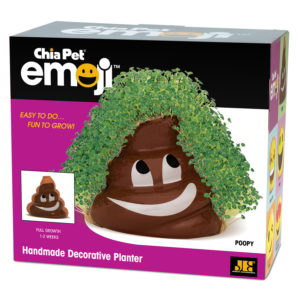The U.S. Centers for Disease Control (CDC), public health and regulatory officials in several states, and the U.S. Department of Agriculture’s Food Safety and Inspection Service (USDA-FSIS) investigated a multistate outbreak of Shiga toxin-producing Escherichia coli O26 (E. coli O26) infections linked to ground beef from Cargill Meat Solutions. This outbreak appears to be over.
 On September 19, 2018, Cargill Meat Solutions in Fort Morgan, Colorado recalled ground beef products.
On September 19, 2018, Cargill Meat Solutions in Fort Morgan, Colorado recalled ground beef products.
Recalled ground beef products were produced and packaged on June 21, 2018 and were shipped to retailers nationwide.
Products are labeled with the establishment number “EST. 86R” inside the USDA mark of inspection.
Restaurants and retailers should not serve or sell recalled ground beef and should check freezers and storage for recalled products.
If possible, retailers who received recalled ground beef should contact their customers to alert them of the recall.
When available, the retail distribution list will be posted on the USDA-FSIS website.
Consumers with questions regarding the recall can call 1-844-419-1574. Consumers with ground beef in their freezers can contact the store where it was purchased to determine if it is recalled ground beef.
Final Outbreak Information
At A Glance
States: 4
Hospitalizations: 6
Deaths: 1
Illnesses started on dates ranging from July 5, 2018 to July 25, 2018.
Six people were hospitalized, including one person who developed hemolytic uremic syndrome, a type of kidney failure. One person in Florida died.
Epidemiologic, laboratory, and traceback evidence indicates that ground beef from Cargill Meat Solutions is a likely source of the outbreak.
On September 19, 2018, Cargill Meat Solutions recalled ground beef products that were produced and packaged on June 21, 2018 and shipped to retailers nationwide. Visit the USDA-FSIS website for a full list of recalled products[PDF – 40.2 KB].
Laboratory testing identified the outbreak strain of E. coli O26 in leftover ground beef collected from the home of one ill person in Florida. WGS analysis showed that the E. coli O26 strain identified in the leftover ground beef was highly related genetically to the E. coli O26 strain isolated from ill people.








